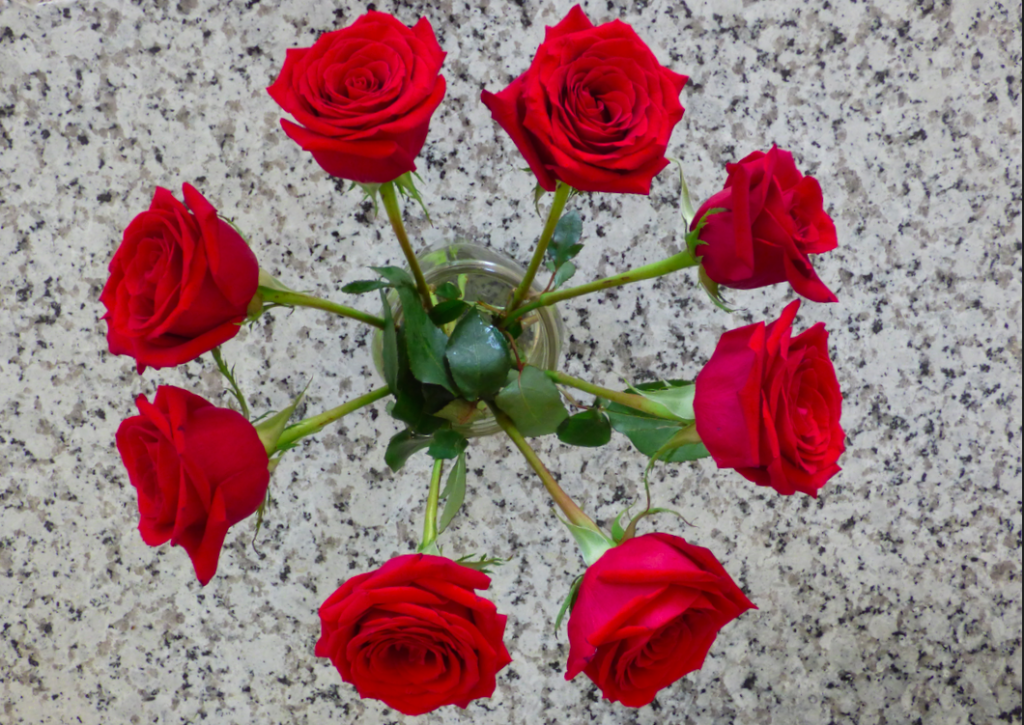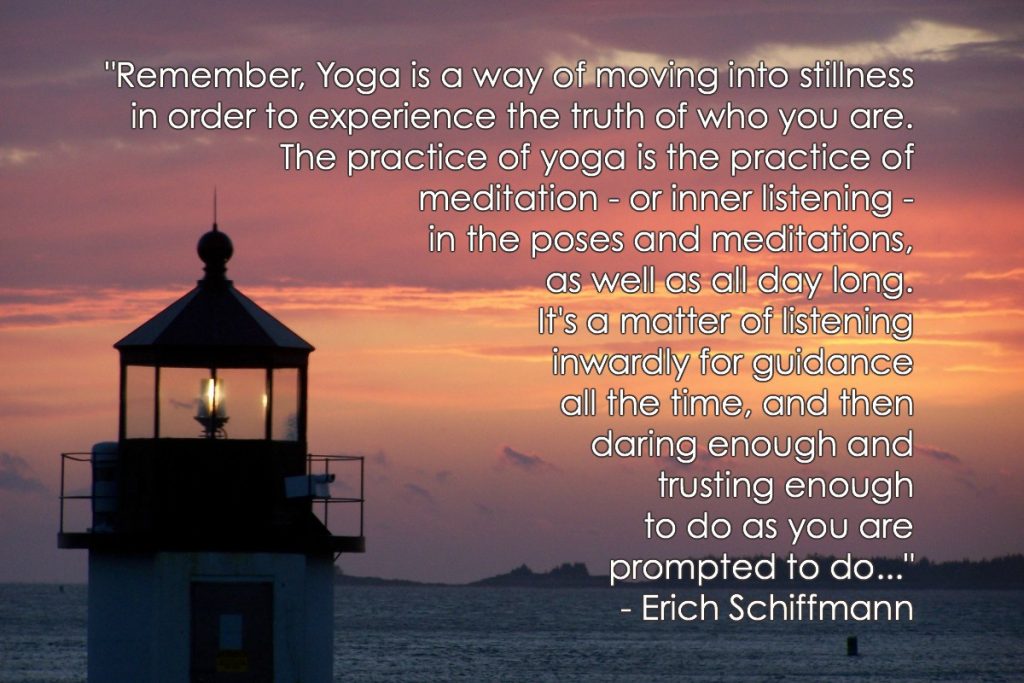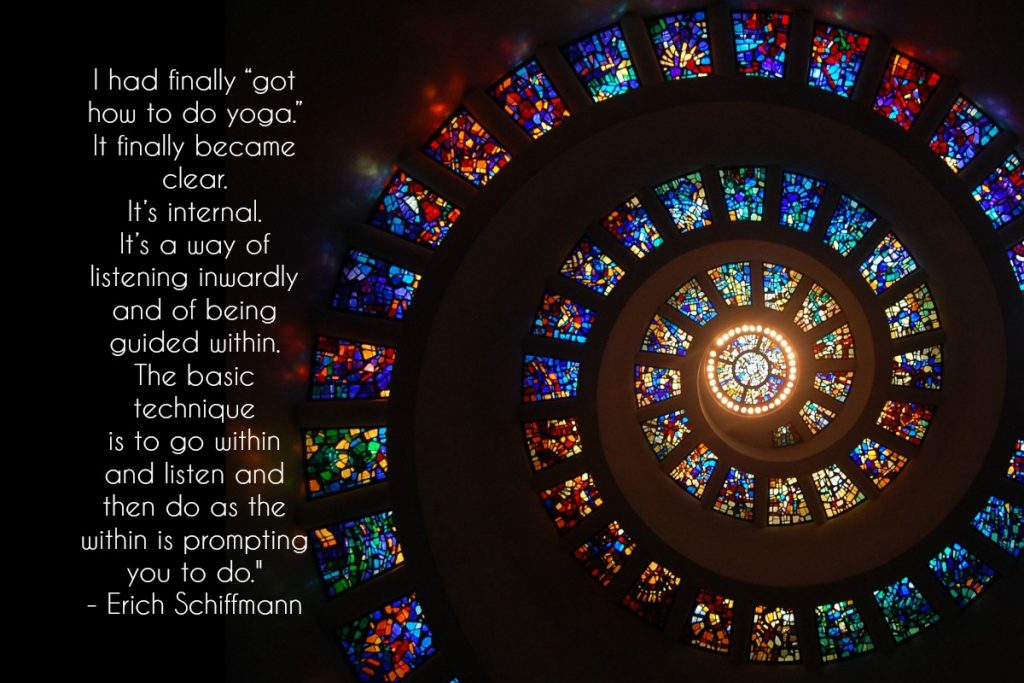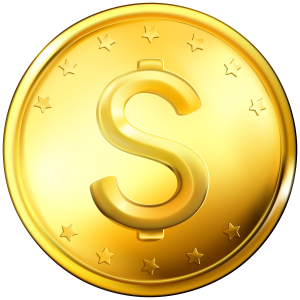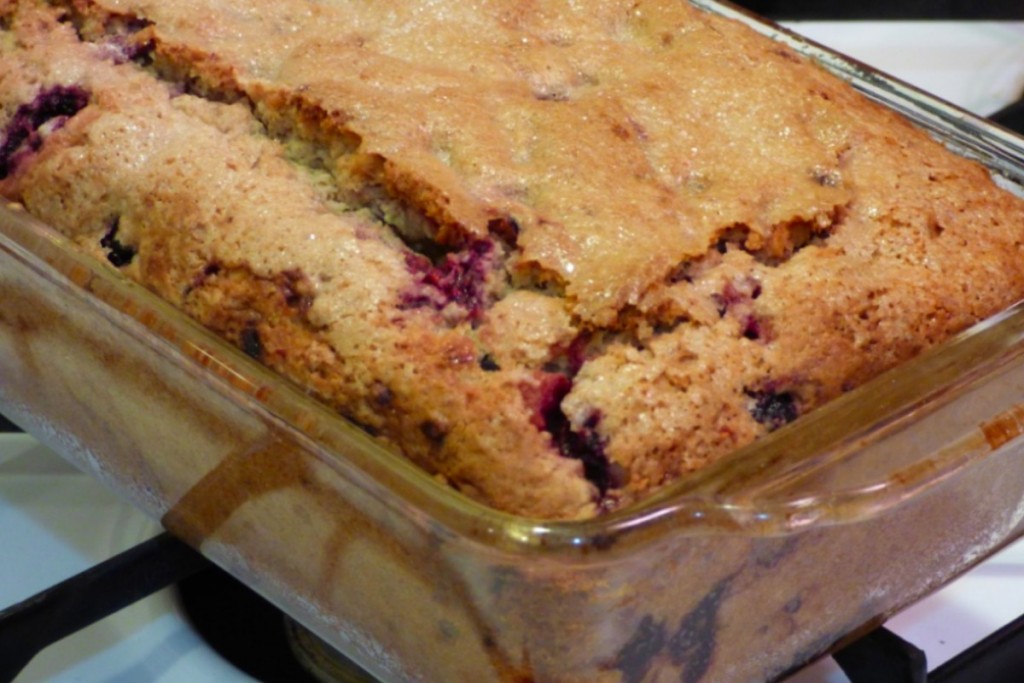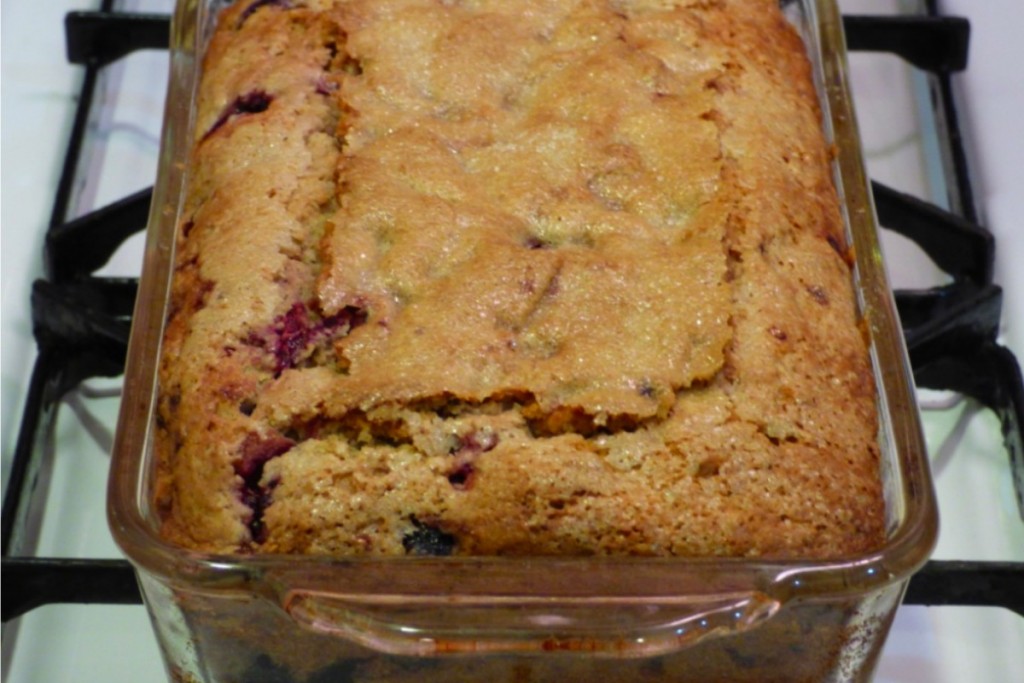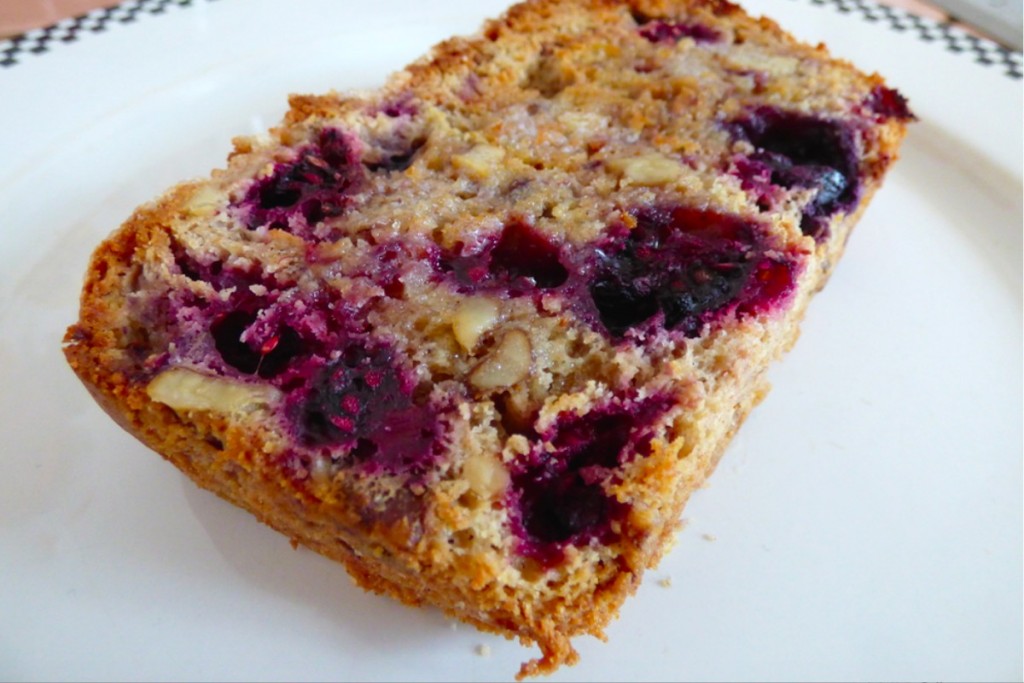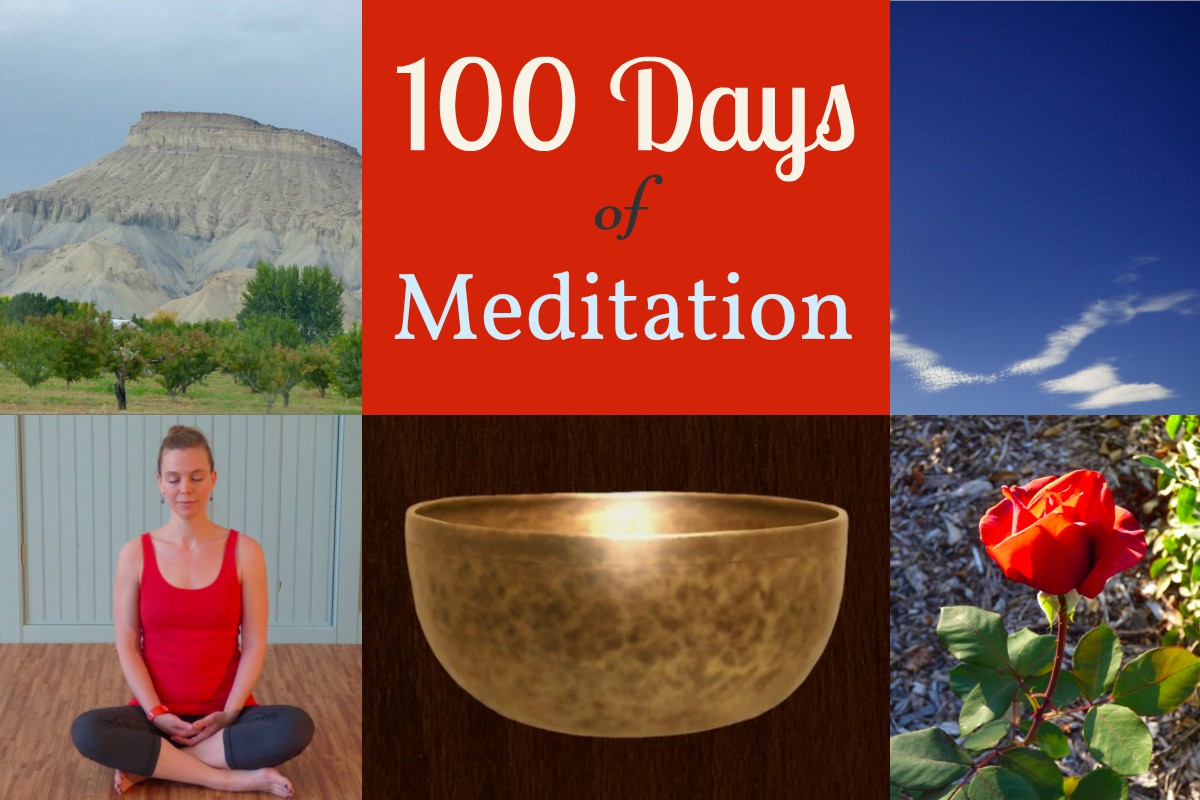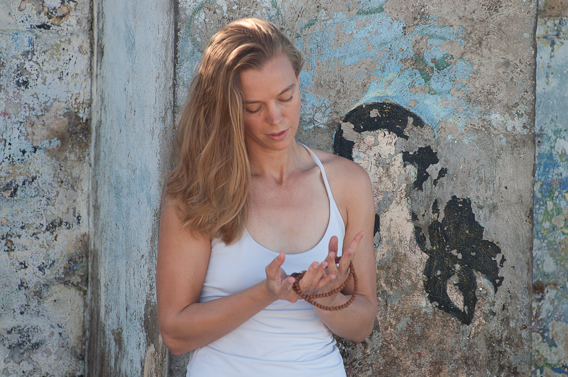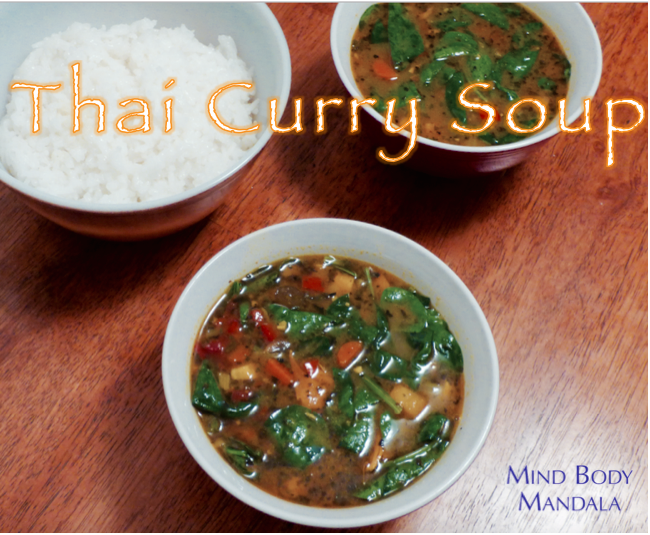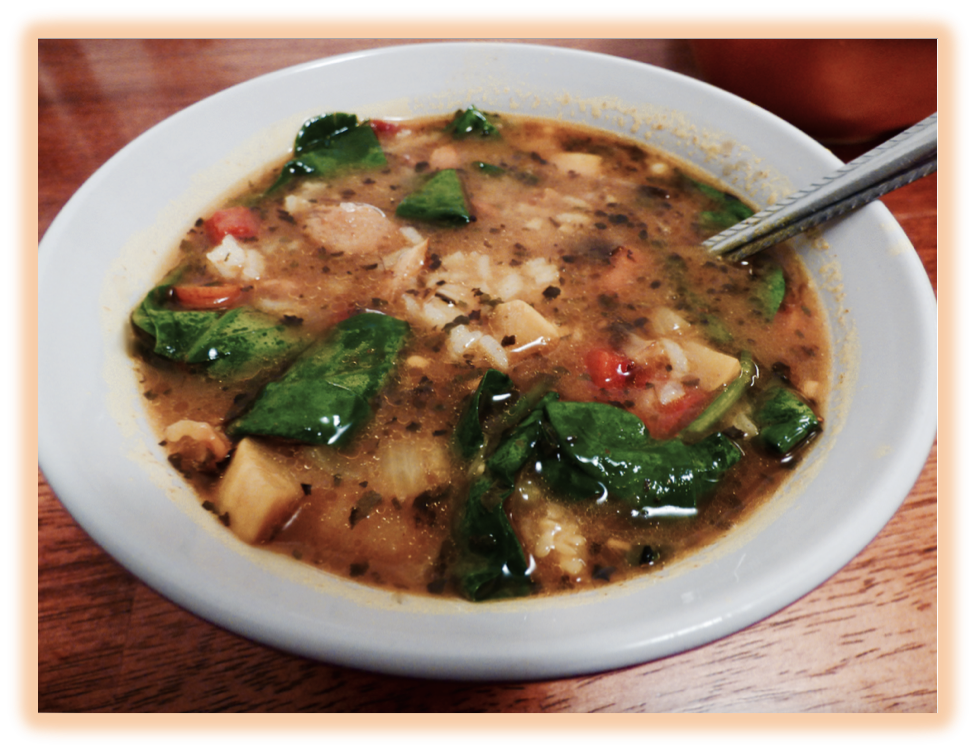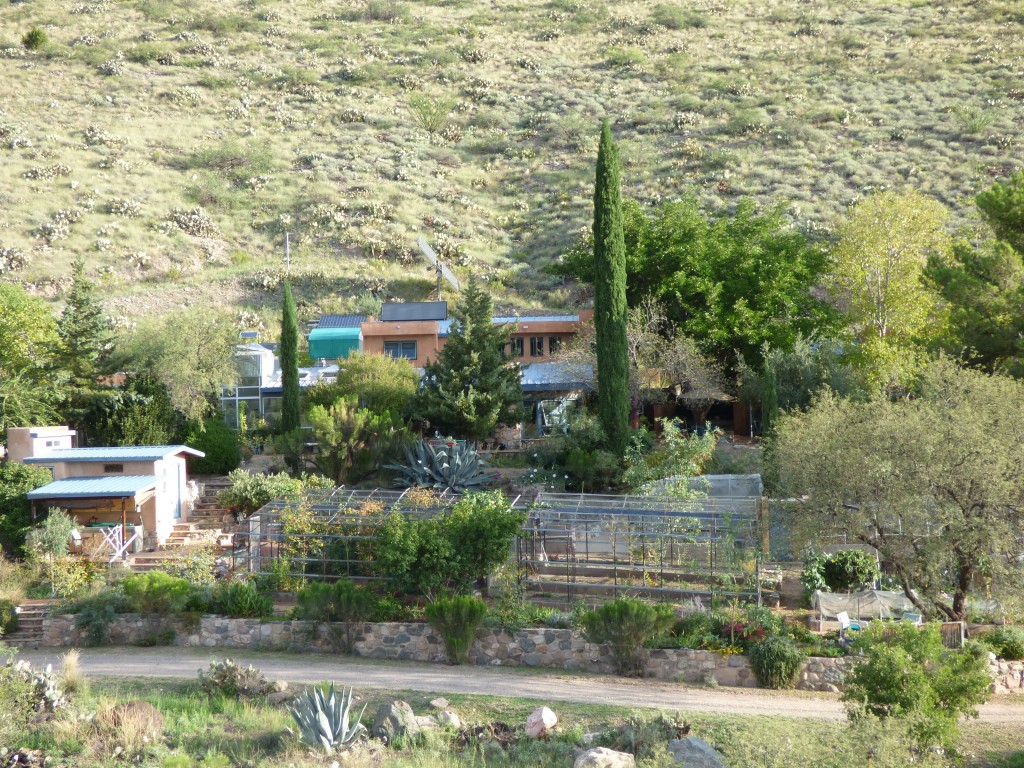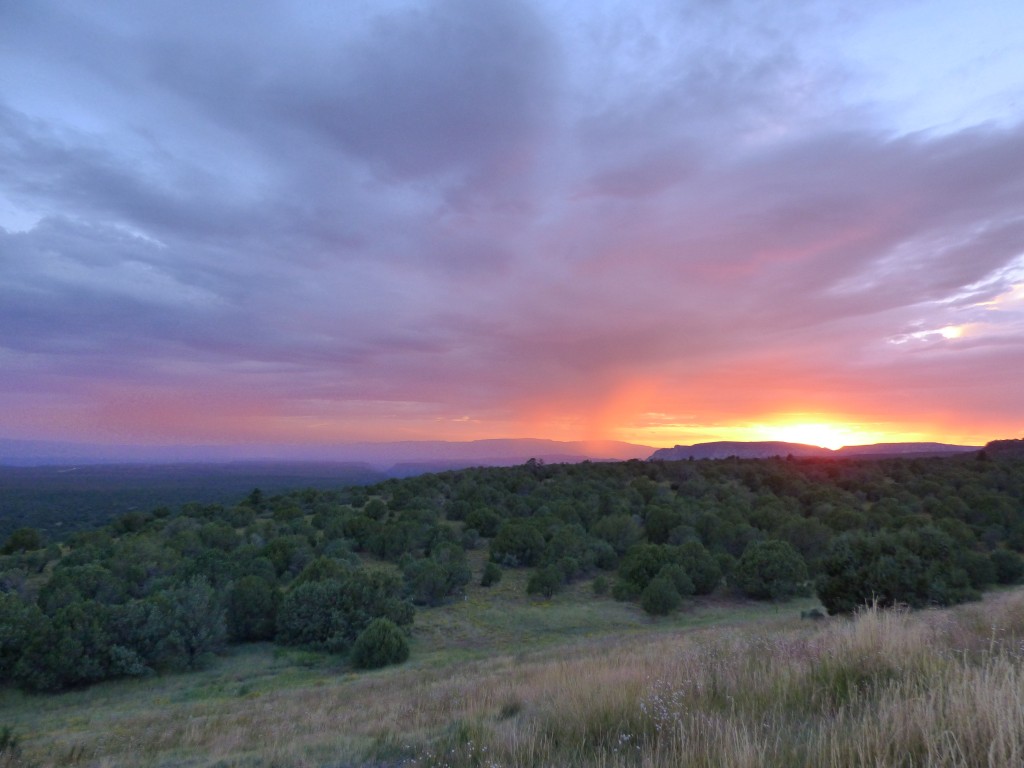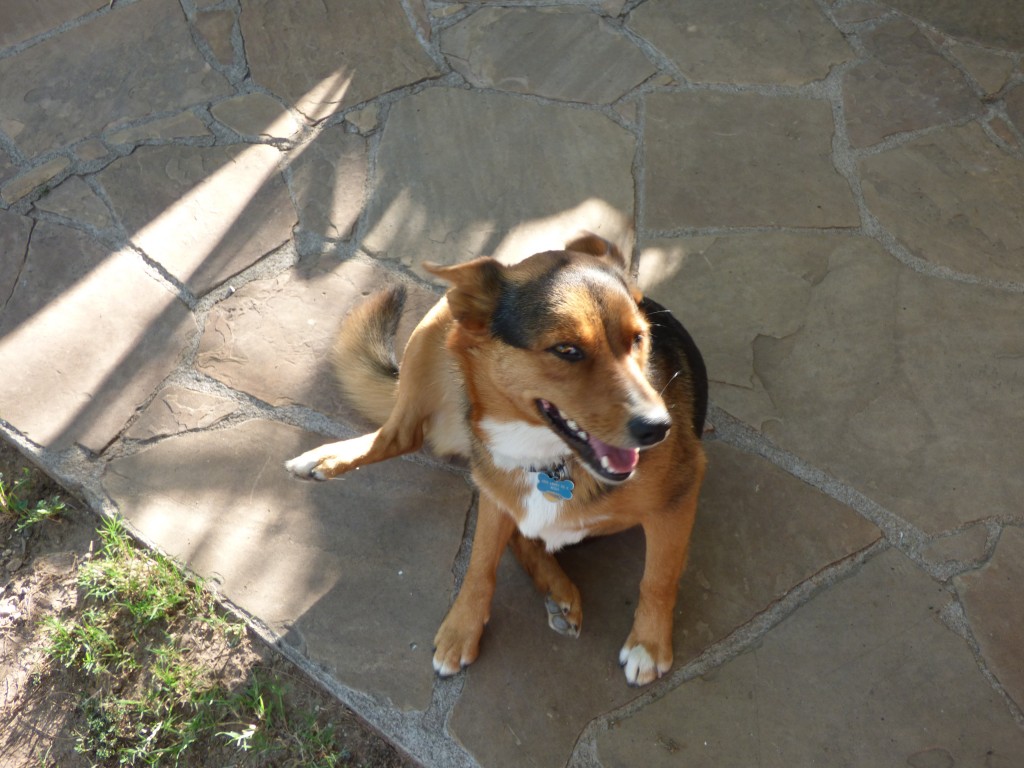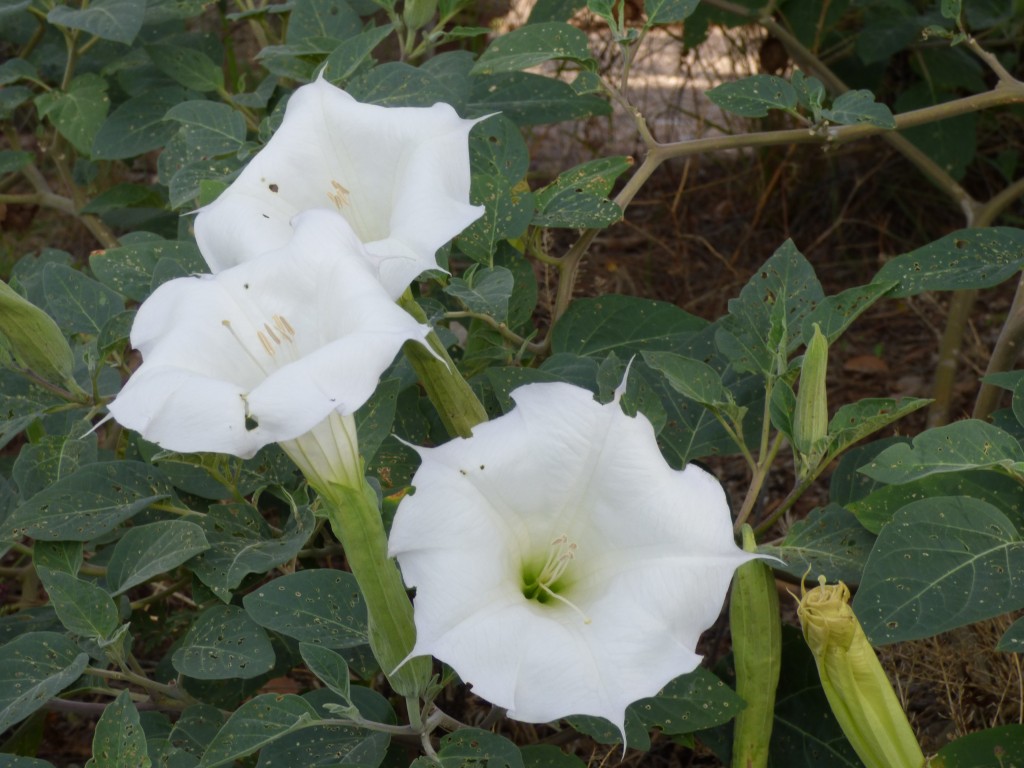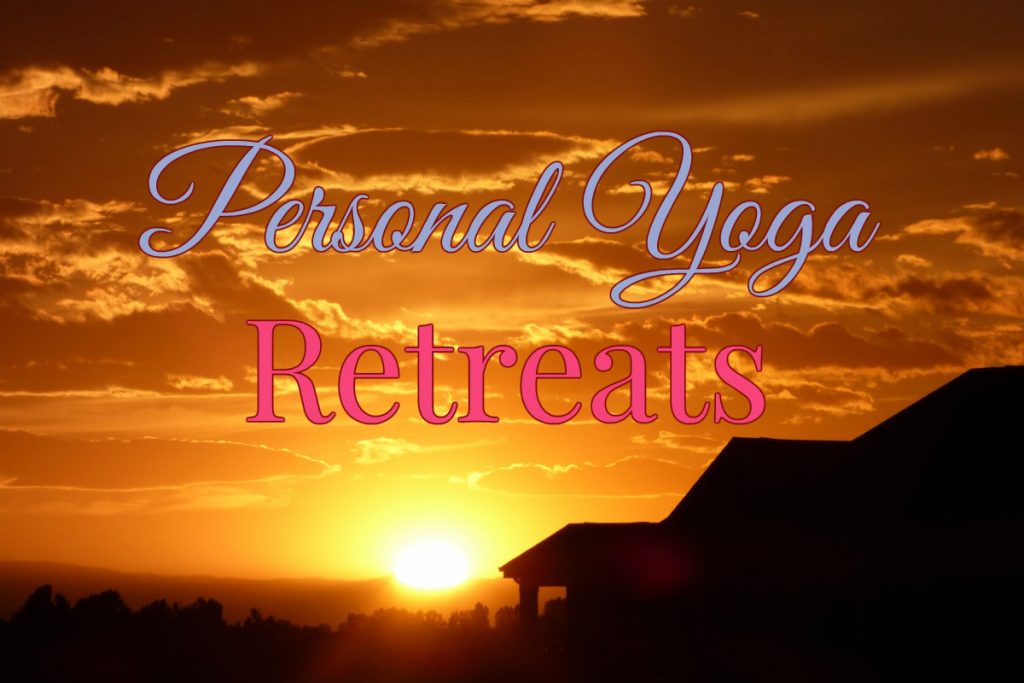 Last night I trained in a temple of clouds. The gentle currents of air mingled with the sounds of water. I watched two young mule deer peek their heads above the long grasses in the nearby field. In the distance a billowing cumulus tower ignited with flashes of lightning. The blazing sunset warmed my back as I moved and stretched my body.
Last night I trained in a temple of clouds. The gentle currents of air mingled with the sounds of water. I watched two young mule deer peek their heads above the long grasses in the nearby field. In the distance a billowing cumulus tower ignited with flashes of lightning. The blazing sunset warmed my back as I moved and stretched my body.
Summer training season is here.
I love training outdoors. As much as I appreciate the privacy of an indoor space, as soon as the weather allows I like to go to the park, trail or playground whenever possible. In public spaces there’s usually an audience, but most people are nice. Like the elderly lady last night who said, “Thank you for the entertainment.”
Summer training season is a wonderful time for Personal Yoga retreats. These experiences replenish and refuel my whole being. It’s not just exercising – it’s the whole lifestyle. Eating alchemical food, feeling GREAT and laughing a lot.
Have I mentioned that I love my life?
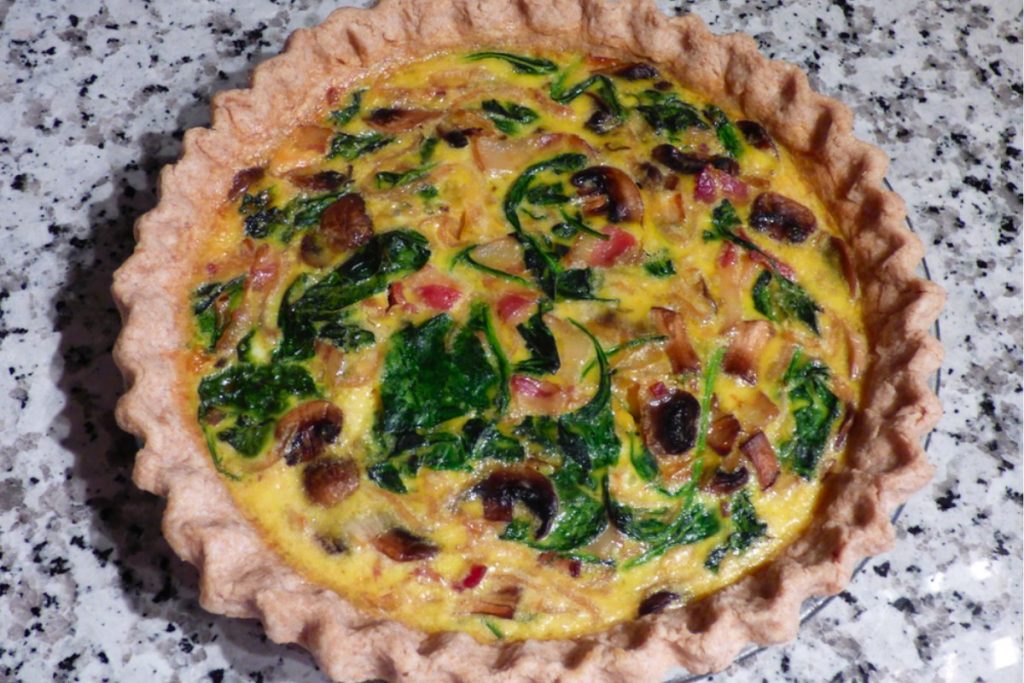 This is not the kind of thing that you can teach in drop-in classes. It’s means taking a whole day to focus on eating, meditating and training. That’s my life – I create my own personal yoga retreats. I’ve been doing this for over five years now. I just enjoy feeling awesome and is this is how I do it.
This is not the kind of thing that you can teach in drop-in classes. It’s means taking a whole day to focus on eating, meditating and training. That’s my life – I create my own personal yoga retreats. I’ve been doing this for over five years now. I just enjoy feeling awesome and is this is how I do it.
It’s definitely possible to do this for yourself. You just have to carve out some space in your schedule and do some basic preparations, such as:
- Clean the house
- Clean and groom your body
- Get your “to-do” list in order
- Stock the fridge with delicious and healthy food
All of this will help to minimize distractions. Once you’ve cleared your slate start your Personal Yoga retreat nice and slow. Turn your phone off (or just don’t answer it). Cook with superfoods. Take some supplements. Drink lots of fluids. Move in ways that your body and mind enjoy. Rest when you’re tired.
If you’d like some help with designing your own Personal Yoga retreat I’d be happy to speak with you. I offer free no-obligation consultations in person, by phone, Skype or Facetime.

